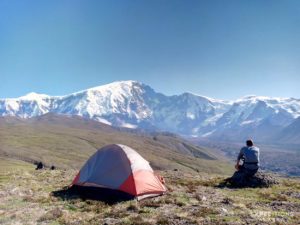A solid understanding of the practice of Leave No Trace wilderness travel is essential, today more than ever. That means understanding ecology and ecosystems, understanding the volume of human traffic in an area, and knowing a place. Impact on the Alaska tundra is very different to impact, for example, on the Colorado Desert or the trail systems of most Rocky Mountain National Parks. It’s important to know the place we’re in, rather than simply know standard procedures. Leave No Trace practice isn’t a One Size Fits All model.
It means limiting the number of people in our groups, and making good choices regarding campsites and routes. It’s not enough to simply pack out what we pack in, in my opinion, but important to pack out any trash others leave behind, as well. It means knowing alternate routes and options to disperse impact.
Leading a wilderness trip isn’t the same thing as leading a front country trip. Wilderness requires more subjectivity and context, because we want to experience that subjectivity, that contextual circumstance. That little bit of ‘aliveness’ we feel comes from knowing we’re not controlling our surroundings.
A wilderness experience isn’t something I can, or should, define for you, but something you have on your own terms. It’s important, as a guide, to balance leadership, an advisory role, with flexibility. Trying to map it out too closely and preplan all the details removes you from the decision making process, from the choices that really are such an important element of the trip.
My role is to maintain a loose structure that allows you to focus on your hike. To navigate the broken terrain as you see it, to traverse the boulder field at your own speed. An intimate knowledge of the place means I know when to offer “Well, really, you can go either way through this section” and when to say “No, we have to go this way for now”.
I’m comfortable in the role of both advisor and leader. Guiding isn’t simply about knowing how to guy-out tents and follow a map, or treat a blister or choose a piece of gear. Sometimes guiding requires a supple arrangement, fluid and pliant, and other times it might require a tighter reign.
I’ve been guiding for 20+ years, and am comfortable knowing which role is which, with being in control of a situation as well as allowing more inexperienced folks to steer the ship when. Knowing when a situation calls for different approaches is critical to being a good guide.
Cheers
Carl



